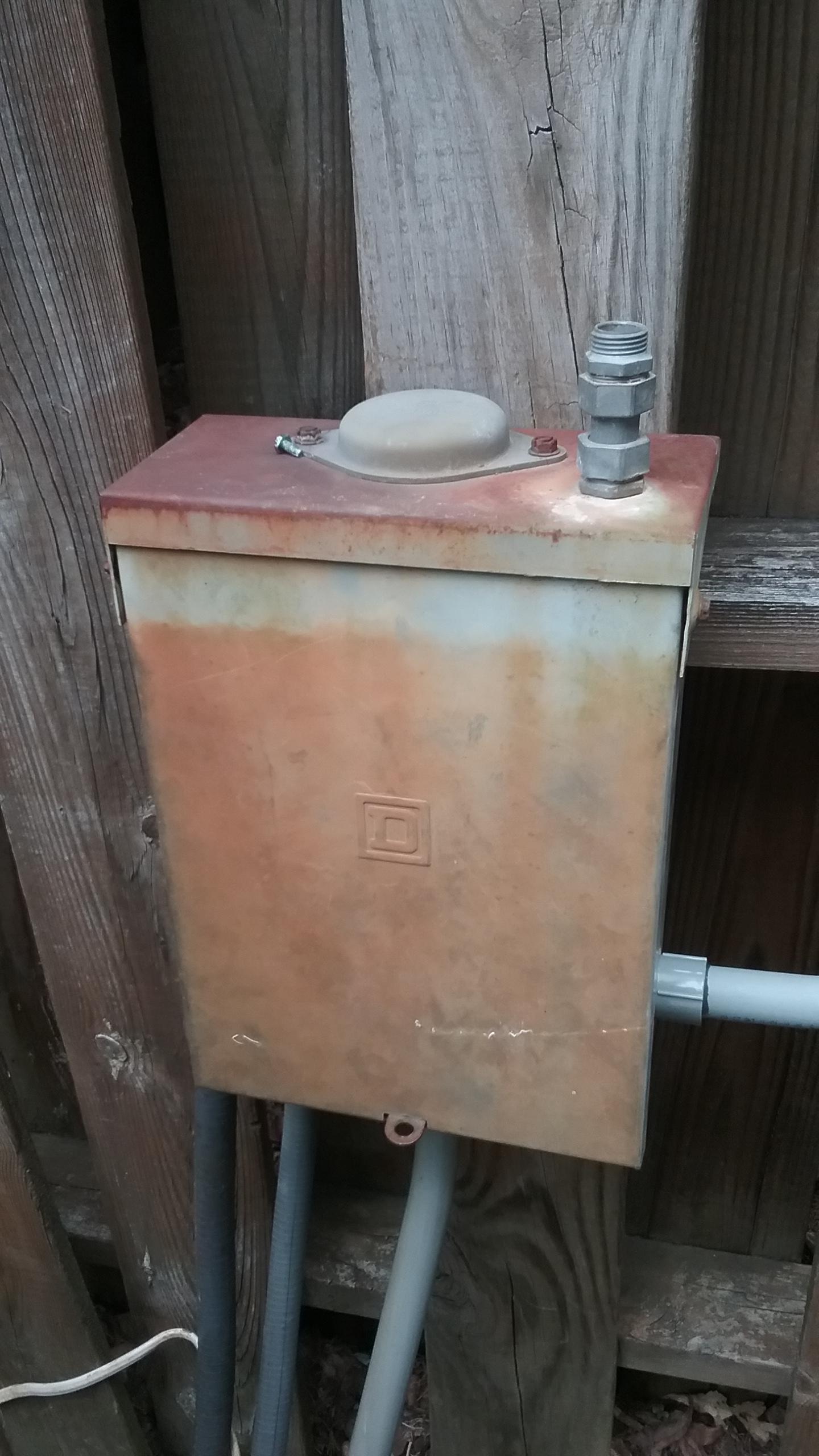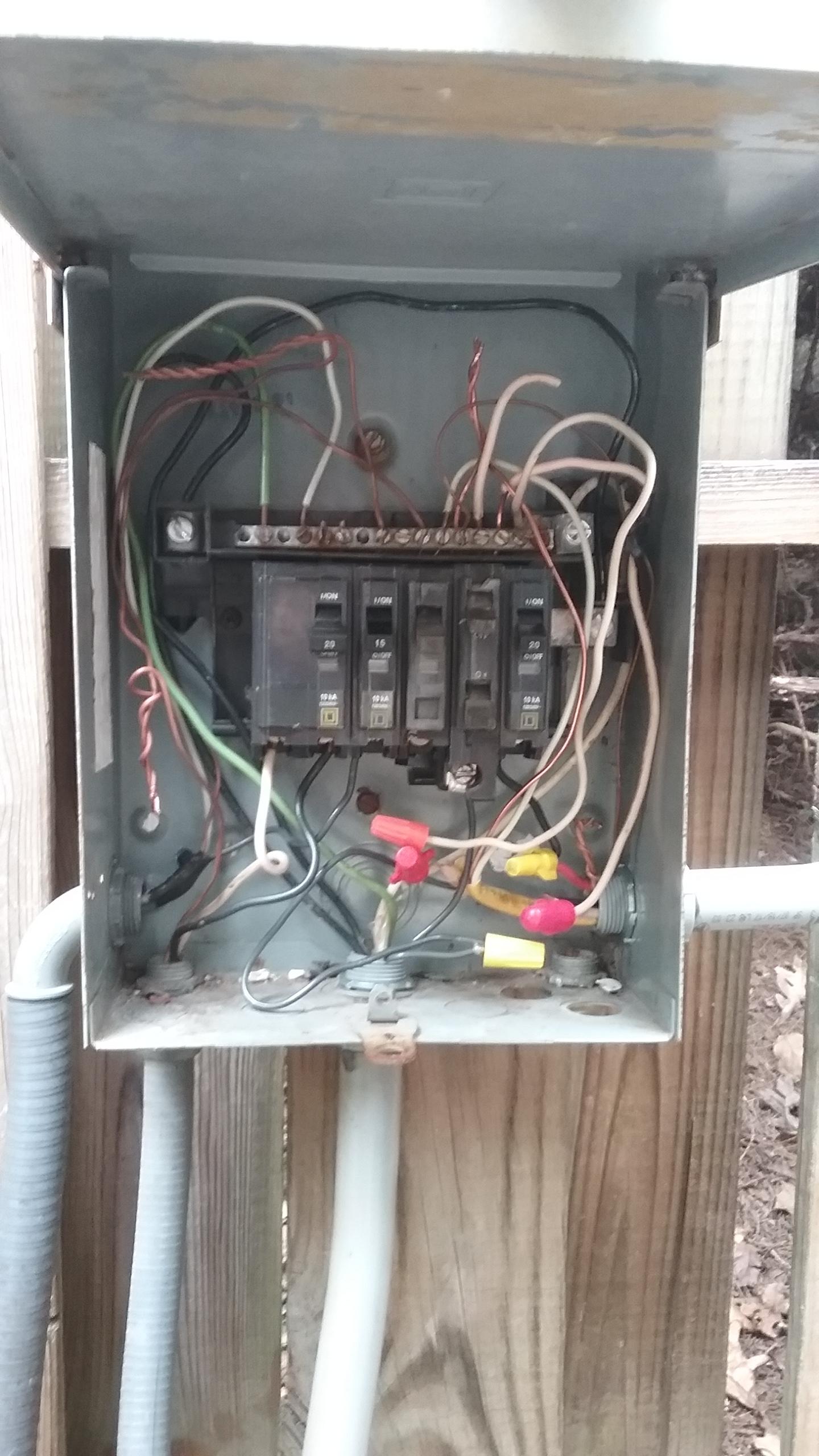At my house, there is a subpanel that serves a pool area, served by one 30 amp 240v circuit. The panel, which I think was installed about 30 years ago, has just one bus bar that the neutrals and grounds are both connected to. The service neutral and ground wires are connected to the bus bar at opposite ends. This gives the appearance that the neutral current is run through both the neutral and ground wires back to the main panel, which I know is the wrong way to install a subpanel. Now, I've had this house for more than ten years and never had any problems with this, but I'm wondering, should I change this, or am I just misunderstanding the layout of the panel? This is the only breaker box I ever recall seeing with just one bus bar, and I'm wondering if there is something to it that I am missing. If not, I'm assuming the thing to do would be to purchase a new bus bar, install it in the panel, and run all the grounds (or neutrals) to it, and use it to separate the ground and neutral currents, right?

EDIT: Here are photos of the box. Can anyone identify the make and model of the box? Note that some of the circuits have been disconnected from the breakers in the interior shot of the box due to the fact that I am doing some work. (There were some other things that were not installed properly that I am in the process of fixing). The main ground is the green wire on the far left.
